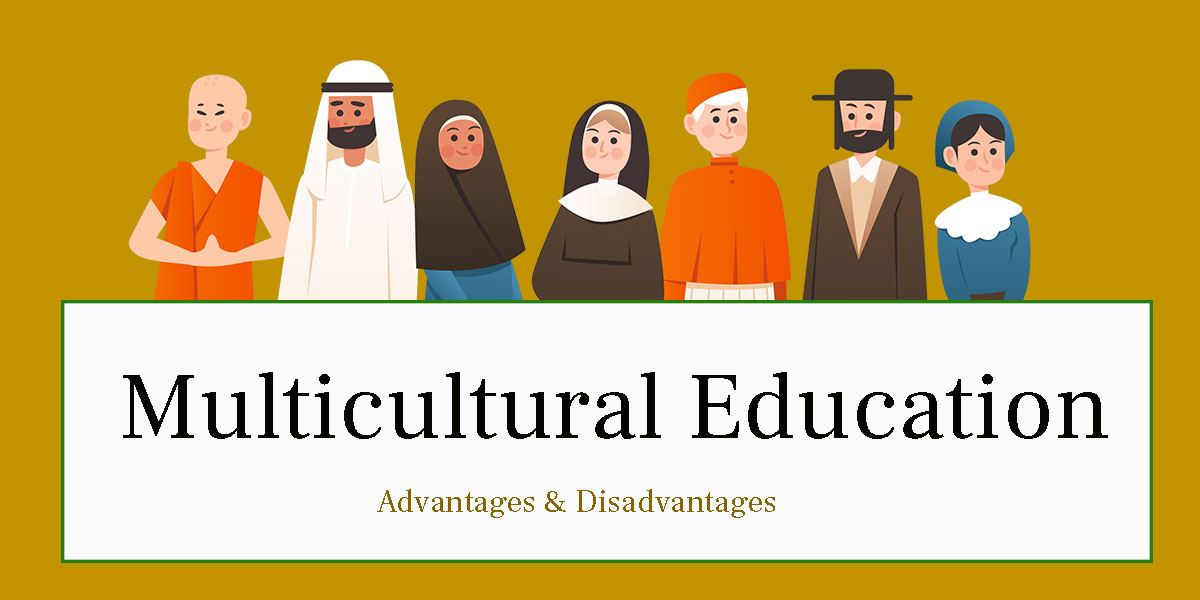What is Multicultural Education? Disadvantages & Advantages(2022)

An education method/strategy that fuses the narratives, writings, qualities, convictions, and points of view of individuals from various social foundations is known as Multicultural Education. The main purpose of implementing it in classrooms is to enable educators to adjust or join exercises to emphasize diversity and social pluralism. In this article, we will discuss various disadvantages and advantages of the education method.
The key aspects involved in multicultural education are race, ethnicity, nationality, language, religion, class, sexual direction, etc. By adapting it in schools and colleges students can be made aware of histories, cultures, and the importance of diverse groups. Moreover, it promotes the principles of inclusion, democracy, diversity, critical thought, a sense of togetherness, inquiry, values of perspectives, and many more positive traits. This strategy for teaching is seen as successful in advancing educational accomplishments among foreign students (immigrants) and, it is along these lines that it is credited to be a contributor to the reform movement in schools.
Many believe that the objectives and goals of Multigrade or cross-cultural education are to safeguard minority groups’ cultures, by encouraging youngsters to think broadly and acquaint them with new thoughts and critical thinking. All this helps students in deduction all the more basically, just as, urges them to have an increasingly open outlook. As a result, students are furnished with knowledge, values, and skills necessary to take part in societal changes, resulting in justice for otherwise victimized and excluded ethnic groups.
Just like any other education method Multicultural Education has a few advantages and disadvantages. The pros and cons are listed below.
Disadvantages of Multicultural Education
- Since in a multicultural classroom, students from various ethnic, linguistic, and social backgrounds study together from the same curriculum, making everyone understand the subject is difficult.
- There is a chance that teachers may struggle to figure out how thoroughly the students are understanding the material.
- Since not all students hail from the same background this builds a language barrier.
- People from other cultures may be non-confrontational, submissive, or otherwise indirect.
- Teachers in multicultural classrooms must be prepared to handle the conflicts and miscommunications that tend to arise among the students from different cultures who have different values, beliefs, traditions, assumptions, behavioral patterns, etc.
Advantages of Multicultural Education
- Multicultural Education exposures students to the different cultural values and beliefs, and helps to create understanding and acceptance of differences between people.
- It instills tolerance and acceptance in individuals.
- Since, it promotes cultural relevance, an anti-bias classroom, challenges students to think critically without jumping to stereotypes, social skills and social action are shaped resulting in civically engaged people.
- The method encourages students to assimilate while keeping their culture and values intact and, this makes them feel a sense of inclusion.
- Being culturally conscious teachers, without any bias, can help students assimilate without having to compromise their cultural identity.
- It promotes celebrating a students’ culture and that helps in keeping a sense of pride and confidence in the students.
 15 Apr 2022
15 Apr 2022


